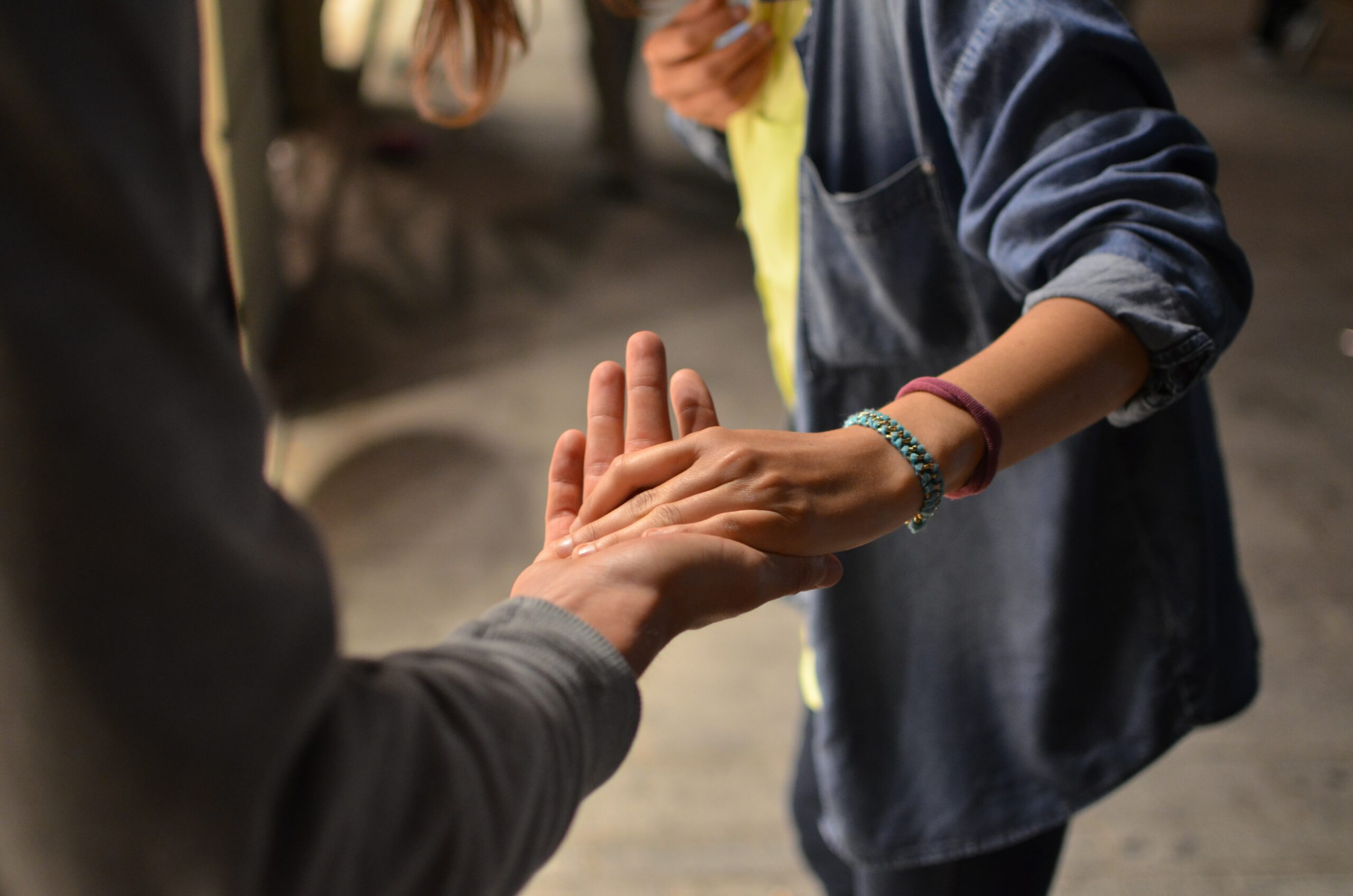CONSUMER EXPECTATIONS: COMMITMENT & VALUES
At a time when crises (sanitary, ecological or economic) are a concern, today's consumers need reference points more than ever. In this context, the brand can no longer think 100% profit and must instead exercise its power to change the world[1]. 1] Particularly in terms of social and environmental issues. Being a bearer of meaning and "doing good" is therefore becoming crucial. This requires, above all, a good understanding of the world and the market in which it evolves. But it also requires a lot of consideration and conversations with its consumers. Consistency also means that the brand's concrete actions must reflect the values that underpin its identity.
Thus, the notions of "do-gooding" and "charity marketing" are perfectly anchored in this trend of doing good by brands. Not only selling products but also values. Com' des Enfants deciphers the stakes of these phenomena which are going to increase. In response to the expectations of young generations, who are very concerned about the impact of their consumption.
FROM DO-GOODING TO CHARITY MARKETING, DOING GOOD BECOMES DECISIVE
Did you know that? Do-gooding" is the tendency for a brand to want to act for the collective well-being, by proposing its own vision of the world. This deep commitment felt in the discourse of brands is multi-sectoral. It can involve players in the hygiene or energy sectors, as well as in the food or entertainment industries. And it can take the form of a CSR approach or the creation of a foundation.
To affirm its willingness to contribute to the collective well-being while redistributing part of its profits to specific causes[3]. The brand can also support an association, via a campaign of notoriety and mobilization. This is called charity marketing[4].
The brand's ambitions?
In both cases, they can be multiple:
- philanthropic, societal or ecological: providing assistance to people who are ill or in difficulty, changing public opinion on a societal issue, having a positive environmental impact.
- social: mobilize consumers and/or federate its employees.
- mercantile: represent its values through concrete actions to obtain visibility, improve its brand image and thus build customer loyalty or even recruit customers.
In the particular case of a charity marketing campaign, the main objective will be to collect donations for an association . Finally, setting up product sharing is also a common practice to generate sales (a percentage of which is donated to the partner association).
WHAT STRATEGY TO ADOPT FOR A JUSTIFIED SPEECH?
Once the ambitions are established, the questions of the strategy to adopt and the communication levers to activate in order to capture the attention and reach the objectives come up. This can be a real challenge in which Com' des Enfants proposes to accompany the brand. From the reflection around a participative concept. Intended for one or several generations - until its operational implementation.
At the strategic level, it is sometimes judicious to assert a committed positioning, by expressing it clearly even in its intrinsic brand attributes such as the baseline.
This is notably the case for some of the agency's clients. For example, with its new signature " HiPP, much more than Organic" (on which our agency is currently communicating). The baby food brand is committed to go further than the requirements of the Organic regulation, for the well-being of babies, animals and the environment.
WHAT ARE THE LEVERS FOR ENGAGEMENT?
At the operational level, it is important to imagine differentiating and efficient operations that are consistent with the identity and values of the brand (and, depending on the case, with those of the partner association).
For example, Com' des Enfants proposed and deployed the digital campaign "Un été de wouf" for the Boomerang TV channel. Via a dedicated web page, 4-14 year olds and their parents could indicate on an interactive map of France, updated in real time, where their pet would spend the summer. This operation aimed to raise awareness of the summer peak in pet abandonment . And for each participation, the TV channel offered to the SPA the value of a meal for an animal in a shelter.
In terms of levers, a successful charity campaign often involves press relations, a celebrity ambassador as a media endorsement and, above all, digital . The advantage of digital for the brand is the privileged contact it makes possible with different generations. Especially young people, whose habits must be well known. For Internet users, digital levers allow them to support a charitable cause. Not only by making a donation (even if it is easier). But by getting involved for free and in a morefun way.
Indeed, entertaining is an excellent vector of engagement. But how do you do it?
Levers that facilitate digital solidarity:
- Social Media (Instagram, Snapchat...), by creating a hashtag, filters or a petition dedicated to its solidarity campaign to federate socionauts and transform them into relays.
- Influencers, followed by a large number of subscribers who can be mobilized on social networks by using their experiences or personal feelings about a cause. They can adopt several degrees of engagement with the brand to support its cause. A post, a video, the launch of a contest, a challenge or even a fundraiser on a crowdfunding platform (donors can then be rewarded by a quote in the influencer's content, by a virtual or real meeting with the influencer). Or even the physical presence of influencers at an event organized by the brand in the name of the cause it defends.
Our agency called on Babychou Family and other influencers as partners of Peppa Pig in its campaign "Je donne avec Peppa". An operation to raise children's awareness of the notion of donation via a "collection of children's smiles", and a fundraiser for parents in support of the Telethon.
- the video: a very useful format to make people talk about their commitments or their charity campaign to different generations, even the very young ones, present on Youtube.
Nicolas Hulot and his video "Break the Internet" to raise awareness of the COP21 among young people
Okaïdi and the implementation of the environmental display of its products in 2020
- the game, in the form of a mini-site or a dedicated application offering an immersive experience around a given cause. While giving the possibility to make donations or purchases (in-app in the case of an app) that will be donated to an association.
In short, do-gooding and charity marketing represent a real investment. The brand invests in itself to co-construct the world of tomorrow with the help of consumers, by adopting a committed positioning and actions.
COM' DES ENFANTS GUIDES BRANDS SO THAT THEIR ACTIONS ARECONSISTENT WITH THEIR VALUES & THOSE OFGENERATIONS OFCOMMITTEDCONSUMERS.
[1] "1 in 3 French people expect brands to change the world" - Wellcom Observatory of Meaning, conducted with the Viavoice Institute. "The French and the meaning (given or perceived) of companies and their brands", May 2019.
[2] 56% of French consumers want companies to take a stand on social, environmental values, Accenture Strategy study, January 2019.
[3] "The stakes and limits of company-association partnerships". Fabrice Larceneux, researcher at CNRS and lecturer at Paris Dauphine and HEC.
[4] definitions-marketing.com




